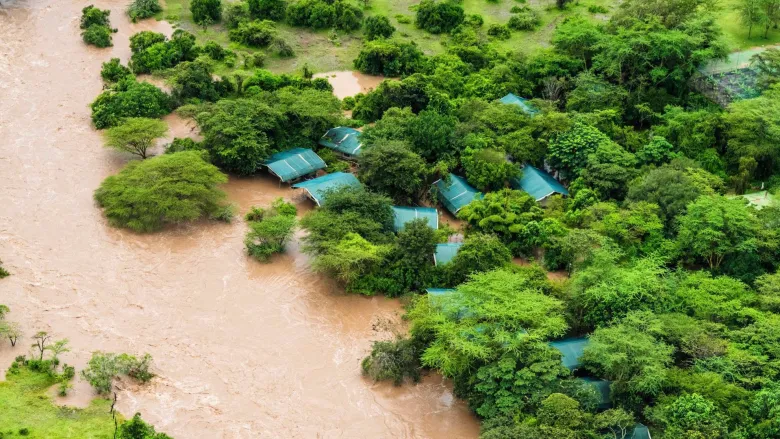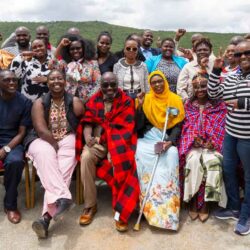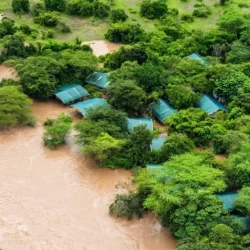Africa’s vast agricultural promise, long touted as a primary engine for economic transformation, is sputtering. Despite possessing more than 60% of the world’s uncultivated arable land, the sector contributed a disappointing 0.5% to the continent’s GDP growth in both 2023 and 2024. This stagnation is not just a matter of erratic weather; it reflects a deep-seated lack of investment in modern tools for a climate-stressed world.
The statistics paint a stark picture: undernourishment across Africa has climbed from 16% in 2015 to 20.4% in 2023. The continent generates only a tenth of global agricultural output, a shortfall that translated into a $55 billion annual food import bill last year.
Investment, the critical lifeblood, has been misdirected. The majority of available capital favors food processing and supply chains, bypassing primary agriculture. Crucially, it has failed to account for a fundamental reality: most African farming is done on small holdings, not industrial-scale tracts. Traditional reliance on concessional finance and donor support, coupled with high inflation, has further constrained profitability, leaving viable opportunities on the table.
The path forward, experts argue, lies in a rapid embrace of the digital revolution and innovative finance models. The current system leaves millions vulnerable: globally, 80% of smallholders lack crop insurance, a figure that soars to 97% in sub-Saharan Africa, where 95% of farming is dangerously dependent on rainfall.
Digital innovations, such as index insurance and the Normalized Difference Vegetation Index (NDVI), are emerging as scalable, cost-effective solutions. These tools leverage data to offer protection against climate shocks, effectively making farming less precarious.
Crucial to this shift are new partnerships involving telecommunications, bancassurance, and non-banking financial services companies. By bundling services—insurance, credit, and agricultural advice—and delivering them through mobile and banking networks, these collaborations can bypass the limited infrastructure in rural areas and provide farmers with the stability needed to invest and grow.
Mobilizing private capital is essential, but agriculture has historically received only 3% of global blended funds—a structure that combines public and private money to mitigate risk.
A recent initiative in Côte d’Ivoire offers a promising blueprint. In a strategic partnership, SanlamAllianz, Atlantique Assurances, and AXA joined forces with the International Finance Corporation (IFC) to offer weather-based index insurance to over 50,000 smallholder farmers and small enterprises. Public capital, provided via the IFC’s Global Inclusive Insurance Program, absorbed the initial risks and funded capacity building, allowing private insurers to enter high-risk, low-margin markets.
The success has been immediate: private insurers are expanding access to affordable insurance, and the initiative is actively building climate resilience. SanlamAllianz is already scaling the index-based insurance model across East Africa, including Kenya, Tanzania, and Uganda.
To fully realize the goals of sustainable agriculture and food security, a concerted, four-part strategy is being championed by bodies like the B20 Sustainable Food Systems and Agriculture Task Force:
- Inclusive Finance: The private sector must co-create blended funds specifically targeting vulnerable groups, particularly women and young farmers.
- Regulatory Reform: Governments and regulators must expedite the creation of regulatory “sandboxes” to fast-track the deployment of agri-fintech solutions and accelerate the adoption of farm insurance.
- Institutional Coordination: Leaders must align mandates, implement agricultural insurance agendas, and embed financial inclusion metrics into key accountability frameworks.
- Digital Infrastructure Investment: Substantial capital is needed to create unified data platforms essential for real-time claims processing and the design of data-driven insurance products.
These actionable steps, when implemented collaboratively across the continent, offer a rare and significant opportunity. After years of externally driven efforts, the focus has now shifted to coordinated action—a critical move to finally transform Africa’s vast, yet untapped, agricultural wealth into sustainable economic growth.




